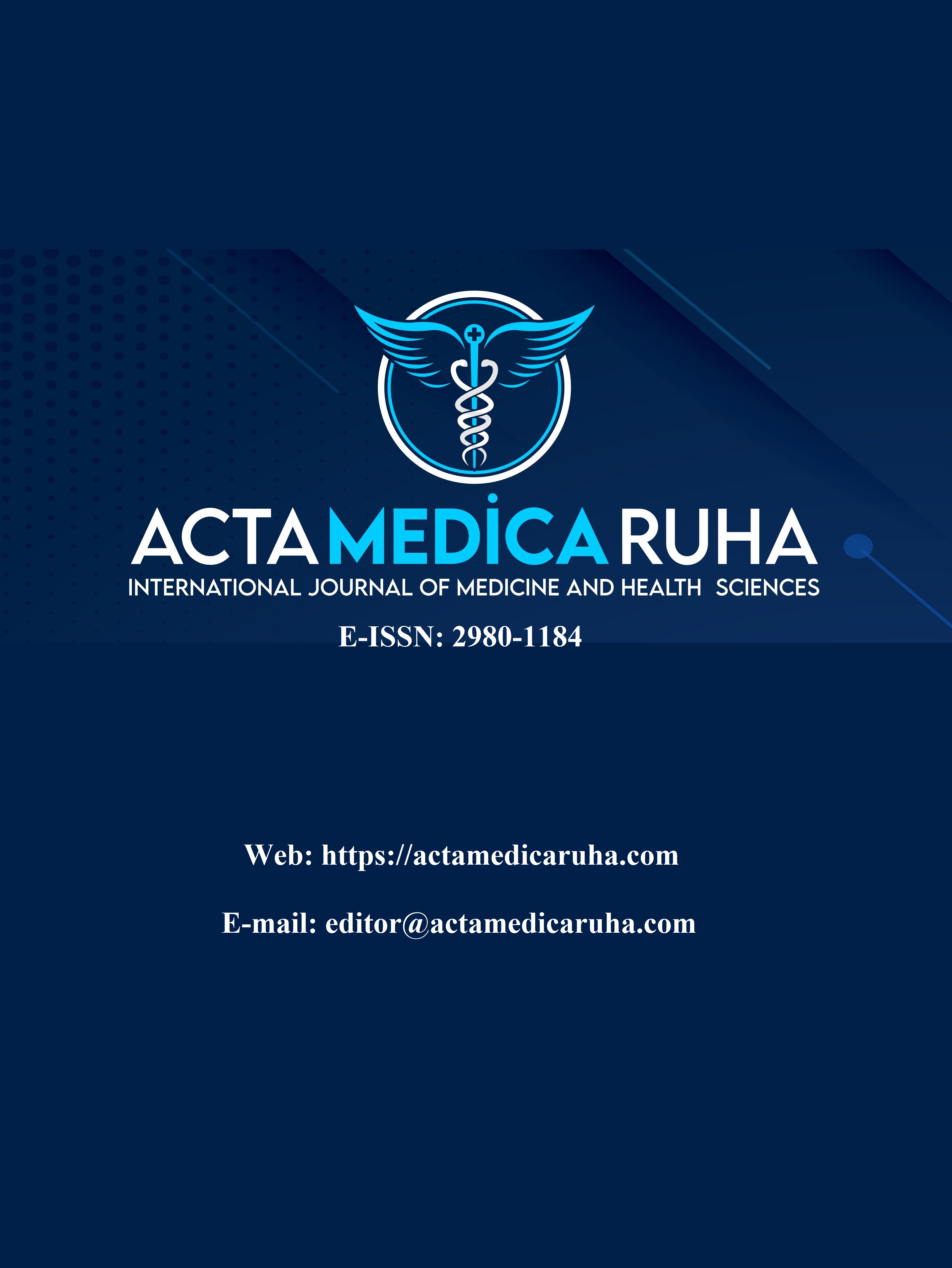How Much Do Guidelines in Thoracic Surgery Influence Our Daily Practice? – A Review of the Current Routine
Review Article
DOI:
https://doi.org/10.5281/zenodo.13784407Keywords:
Thoracic Surgery, Guidelines, Randomised Controlled Trials, Clinical PracticeAbstract
Guidelines are formulated based on the results of randomised clinical trials, other non-randomized studies, and expert opinions (i.e., the opinions of most guideline committees). A randomised, multicenter, controlled trial is the ideal study to determine a patient population's mean values. However, some diseases and populations do not lend themselves easily to this format, and therefore, studies with less stringent design and enrollment criteria are often used. The latest guidelines have more reliable data and distinct subgroups and carry a higher risk of misinterpreting results than older models. Guidelines are part of a continuous educational program to facilitate a more homogeneous approach to all patients with the same disease, reduce inappropriate and unnecessary testing, ineffective treatments, and health costs, and ultimately improve care. As a result, guidelines are allegiant. The surgeon should question why and how this guideline was prepared, who supported its creation, who is on its organisation committee, and what it represents. Within the scope of this review, recommendations to improve the guidelines will be presented.
References
ACVIM Consensus Statement Taskforce, Hinchcliff KW, Morley PS, DiBartola SP, Taylor SD, Harrell KA. ACVIM-Endorsed Statements: Consensus statements, evidence-based practice guidelines and systematic reviews. J Vet Intern Med. 2023;37(6):1957-1965. doi:10.1111/jvim.16869
Windecker S. ESC Committee for Practice Guidelines: providing knowledge to everyday clinical practice. Cardiovasc Res. 2020;116(11):e146-e148. doi:10.1093/cvr/cvaa154
Andrews CA. Ethical and scientific implications of the globalization of clinical research. N Engl J Med. 2009;360(26):2793.
The European Society of Cardiology Practice Guidelines discussed by Professor Alec Vahanian, Chairman of the ESC’s Committee for Practice Guidelines. Eur Heart J. 2009; 30: 2415-2416.
Jacobs AK, Anderson JL, Halperin JL: The evolution and future of ACC/AHA clinical practice guidelines: a 30-year journey: a report of the American College of Cardiology/American Heart Association Task Force on Practice Guidelines. Circulation 2014; 13014: 1208– 1217.
Geleris P, Boudoulas H. Problems related to the application of guidelines in clinical practice: a critical analysis. Hellenic J Cardiol. 2011;52(2):97-102.
Burgers JS, Bailey JV, Klazinga NS, et al. Inside guidelines: comparative analysis of recommendations and evidence in diabetes guidelines from 13 countries. Diabetes Care. 2002;25(11):1933-1939. doi:10.2337/diacare.25.11.1933
Ellrodt AG, Fonarow GC, Schwamm LH, et al. Synthesizing lessons learned from get with the guidelines: the value of disease-based registries in improving quality and outcomes. Circulation. 2013;128(22):2447-2460. doi:10.1161/01.cir.0000435779.48007.5c
Cerfolio RJ, De Campos JR, Bryant AS, et al. The Society of Thoracic Surgeons expert consensus for the surgical treatment of hyperhidrosis. Ann Thorac Surg. 2011;91(5):1642-1648. doi:10.1016/j.athoracsur.2011.01.105
Tschopp JM, Bintcliffe O, Astoul P, et al. ERS task force statement: diagnosis and treatment of primary spontaneous pneumothorax. Eur Respir J. 2015;46(2):321-335. doi:10.1183/09031936.00219214.
National Comprehensive Cancer Network, “Malignant pleural mesothelioma, Version 1.2017,” May 2017, https://www.nccn. org/professionals/physician_gls/pdf/mpm.pdf.,
National Comprehensive Cancer Network, “ Non small lung cancer, Version 1.2017,” May 2017, https://www.nccn. org/professionals/physician_gls/pdf/mpm.pdf.
Fernandez FG, Kozower BD, Crabtree TD, et al. Utility of mediastinoscopy in clinical stage I lung cancers at risk for occult mediastinal nodal metastases. J Thorac Cardiovasc Surg. 2015;149(1):35-42.e1. doi:10.1016/j.jtcvs.2014.08.075
Albain KS, Swann RS, Rusch VW et al. Radiotherapy plus chemotherapy with or without surgical resection for stage III non-small cell lung cancer: A phase III randomized controlled trial. Lancet 2009; 374: 379–86.
Andre F, Grunenwald D, Pignon JP, et al. Survival of patients with resected N2 non-small-cell lung cancer: evidence for a subclassification and implications. J Clin Oncol. 2000;18(16):2981-2989. doi:10.1200/JCO.2000.18.16.2981
Choi YS, Shim YM, Kim J, Kim K. Recurrence-free survival and prognostic factors in resected pN2 non-small cell lung cancer. Eur J Cardiothorac Surg. 2002;22(5):695-700. doi:10.1016/s1010-7940(02)00473-6
GARBI, Madalina. National Institute for Health and Care Excellence clinical guidelines development principles and processes. Heart, 2021, 107.12: 949-953.
Roth JA, Fossella F, Komaki R, et al. A randomized trial comparing perioperative chemotherapy and surgery with surgery alone in resectable stage IIIA non-small-cell lung cancer. J Natl Cancer Inst. 1994;86(9):673-680. doi:10.1093/jnci/86.9.673
Berghmans T, Paesmans M, Meert AP, et al. Survival improvement in resectable non-small cell lung cancer with (neo)adjuvant chemotherapy: results of a meta-analysis of the literature. Lung Cancer. 2005;49(1):13-23. doi:10.1016/j.lungcan.2005.01.002
Burdett S, Stewart LA, Rydzewska L. A systematic review and meta-analysis of the literature: chemotherapy and surgery versus surgery alone in non-small cell lung cancer. J Thorac Oncol. 2006;1(7):611-621.
Downloads
Published
How to Cite
Issue
Section
License
Copyright (c) 2024 Acta Medica Ruha

This work is licensed under a Creative Commons Attribution 4.0 International License.











